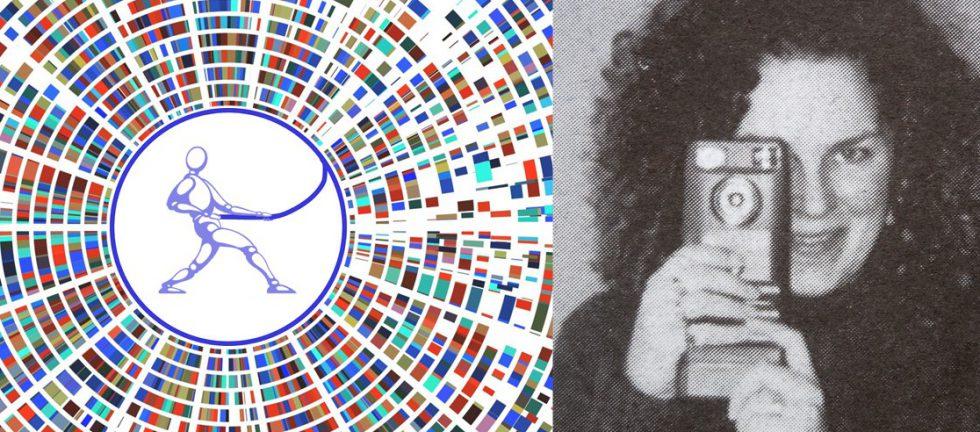Photographs can communicate very powerfully; way back in 1995, Taylor’d Ergo included digital photos right in the reports that we created, so that the reader didn’t have to flip to the appendix to understand a paragraph of textual description of a task. Digital photography was very new back then – my first camera took grainy black and white photos that, at 28 k each, blew up my word processing files. (Yes, the photo above with 90’s hair, was my first selfie, taken with my prized Logitech Fotoman camera! That camera could hold 32 photos in its 1 MB internal memory!) My point is that photography has always been an important aspect of our work, and we’ve embraced technology at every step of the way.
Our physical and cognitive demands analysis training (running this week and again on September 8-9) includes a section to teach participants how to take effective photographs – not just about lighting and contrast, but also about perspective and context. We talk about how to make employees more comfortable with being photographed. Our new ergonomists are taught to crop their photos so that they provide as much useful information about the tasks as possible. Our office reports, even the remote ones, include before and after photos, so the reader can understand what the problem was, what we were able to change, and why an additional purchase or adjustment is required.
Photography is useful – perhaps even critical – for our process. But how can photography go wrong? Can a photo, with its thousand words, paint a fictional, or false picture? Unfortunately, it can. Here are a few of the ways that even a good quality photograph can mislead a reader:
- Taking the wrong angle. We typically have space in a report for only one photo, so we can’t show enough views to see the angles of the back, neck, both arms, the hands, etc. The photographer needs to take the photo, in the field, from the vantage point that shows whatever is of concern. This requires foresight or a lot of footage!
- Missing the “leaning”. This partly relates to item 1, but we’ve found that workers often find a way to take a load off by leaning. If a job requires a long forward reach, they might lean their torso on the edge of a table. If the job requires the arms to be outstretched, they might find a way to rest the elbow, which diverts some of the load away from their joints. A good photograph should show this (and it’s up to the ergonomist to include it in the analysis).
- Not taking the best photo to represent the concern. Most tasks consist of many subtasks….and sometimes the “lead up” is more critical, ergonomically, than the main event. When taking photos, the ergonomist should take many photos (or a “burst,” or a video if the quality is good enough to capture a frame for the report), so the best photo to represent the task can be included in the report.
- Photographing the wrong worker. Just kidding – there is no “wrong worker”. But if the report uses photographs of a particularly large or small worker, the reader will get a biased opinion of the task.
What is a blog about photography, without photos? An exercise in photography appreciation! I purposely did not include any photos in this article, so you would get perspective on how valuable they would have been. Reading about tasks is so very much more difficult than looking at them!
In this time of rapid technological advancement, some ergonomists are in a rush to automate the process – to use video analysis instead of photographs. I’m as excited about the potential to get more reliable posture and time data as everyone else, but I’m also concerned that we’ll forget about some key issues in the process – we’ll just ask the client to send us video data and proceed without spending enough time to understand what’s happening on the side of the body that is obscured, to identify where the worker might be diverting the loads, to consider the full scope of the job beyond the video clip, and to evaluate how the task varies with taller and smaller workers. Let’s take a breath. Time spent in the field, talking to workers, yields information that technology cannot yet gather effectively.


